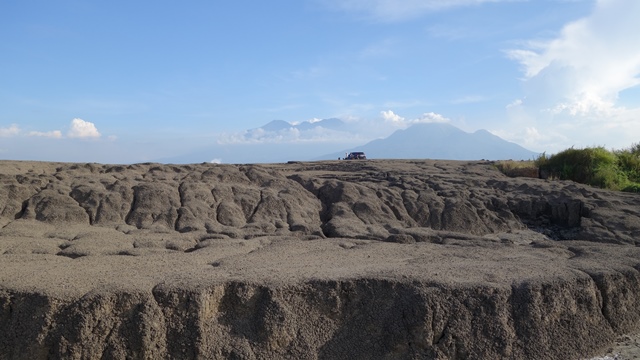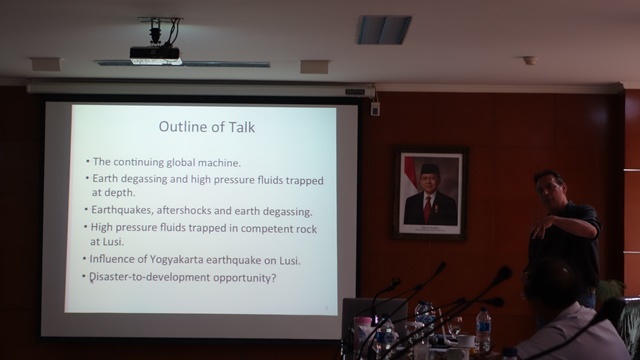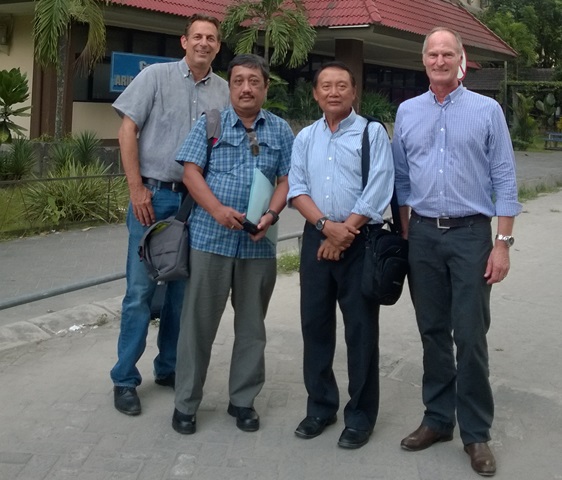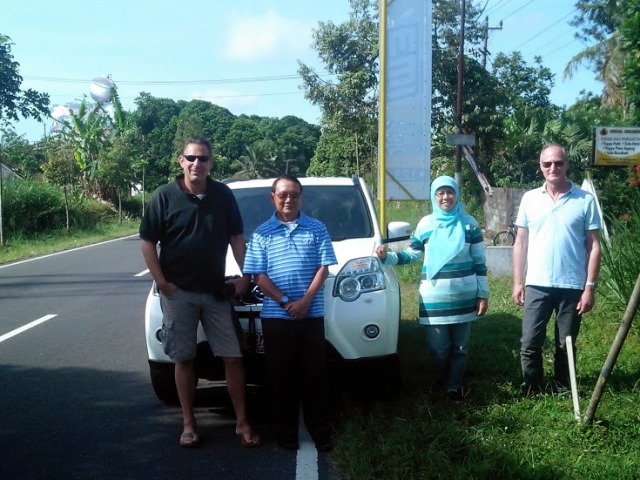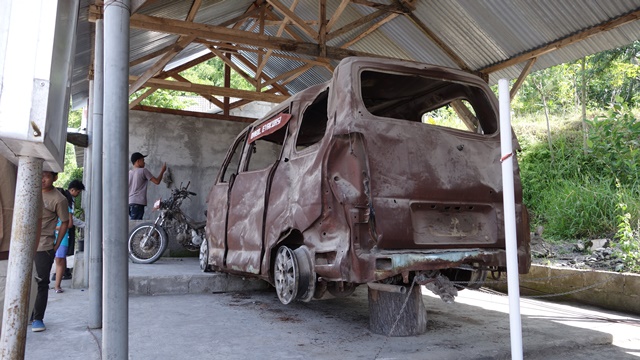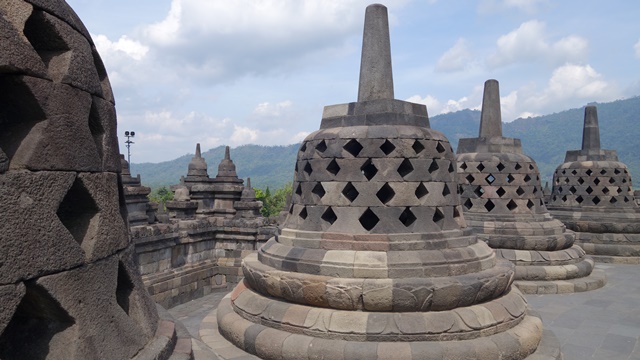Indonesia’s ‘Mud Volcano’ and Nine Years of Debate About Its Muck
“I am surprised that the authors could arrive at such a strong conclusion from such inconclusive data,” said Stephen Miller, a professor of geodynamics and geothermics at the University of Neuchâtel in Switzerland who has published findings in support of the earthquake hypothesis. “All science screams that Lusi is natural.”
Nine years ago, a rice paddy in eastern Java suddenly cleaved open and began spewing steaming mud. Before long, it covered an area twice the size of Central Park; roads, factories and homes disappeared under a tide of reeking muck. Twenty lives were lost and nearly 40,000 people displaced, with damages topping $2.7 billion.
The disaster, known as the Lusi mudflow — a combination of lumpur, the Indonesian word for mud, and Sidoarjo, the area where the eruption took place — continues today. A “mud volcano,” Lusi expels water and clay rather than molten rock. Such eruptions occur around the world, but Lusi is the biggest and most damaging known.
Scientists have debated the cause for years, and two intensely argued hypotheses have emerged: Some believe an earthquake set off the disaster, others that the mudflow was caused by a company drilling for natural gas.
Researchers largely relied on computer models and comparisons with other earthquakes and mud volcano eruptions. But recently scientists in Australia, the United States and Britain uncovered a previously overlooked set of gas readings collected at the drilling site by Lapindo Brantas, a natural gas and oil company, in the days before the mudflow began.
In a report in the journal Nature Geoscience, the researchers said that the new data proves the company caused the disaster. “We’re now 99 percent confident that the drilling hypothesis is valid,” said Mark Tingay, an earth scientist at the University of Adelaide and lead author of the paper.
Others scientists do not seem so sure. “I am surprised that the authors could arrive at such a strong conclusion from such inconclusive data,” said Stephen Miller, a professor of geodynamics and geothermics at the University of Neuchâtel in Switzerland who has published findings in support of the earthquake hypothesis. “All science screams that Lusi is natural.”
On May 27, 2006, two days before the mudflow began, a devastating 6.3 magnitude earthquake struck Yogyakarta, a city 150 miles west of a drill site in Sidoarjo, where Lapindo engineers were probing for a new natural gas deposit nearly two miles below the surface.
Eight hours after the earthquake, the engineers hit what seemed to be their target carbonate formation. Immediately, something went wrong. Fluid used to maintain pressure in the drill hole suddenly disappeared; hours later, liquid from the formation rushed back into the borehole.
Around 365 barrels of muddy water escaped the hole before the engineers, fearing a blowout, sealed it off. Though the well was capped, the leaking fluid underneath continued to build.
According to Dr. Tingay, the pressure eventually became so great as to induce its own uncontrolled version of fracking, cracking the surrounding rock and finding release nearby. The day after the well was sealed — two days after the earthquake — mud gurgled up about 500 feet from the drilling site.
Had the earthquake caused the disaster, it would have done so through a process called liquefaction, in which shaking causes rock and clay to behave like liquids. Liquefaction, Dr. Tingay and his colleagues argue, is accompanied by large gas expulsions, which would have been detected in the well.
“Every clay liquefaction event that has ever been observed has been associated with gas release,” Dr. Tingay said. But the new gas readings show no evidence of this.
On the other hand, the data does show hydrogen sulfide building a few hours before the earthquake and just as the water began rushing back into the borehole. Traces also turned up at the Lusi vent in the first days of the eruption, indicating that the mud probably came from the same depth as that reached by the drill, rather than the shallower clays that would have been liquefied Lapindo has insisted that it followed industry safety regulations at the Sidoarjo well. But Dr. Tingay said that the company failed to fully line the borehole with casings, a standard precaution to prevent fractures.
“This almost certainly could have been prevented if proper safety procedures had been taken,” he said.
Officials at Lapindo did not respond to calls for comment.
Since the eruption, cases of respiratory infection in the area have more than doubled, and the Porong River, which receives diverted mud, is now polluted with cadmium and lead, as are fish caught and raised there. In 2007, the Indonesian government decreed that Lapindo must compensate people affected in the core disaster area.



